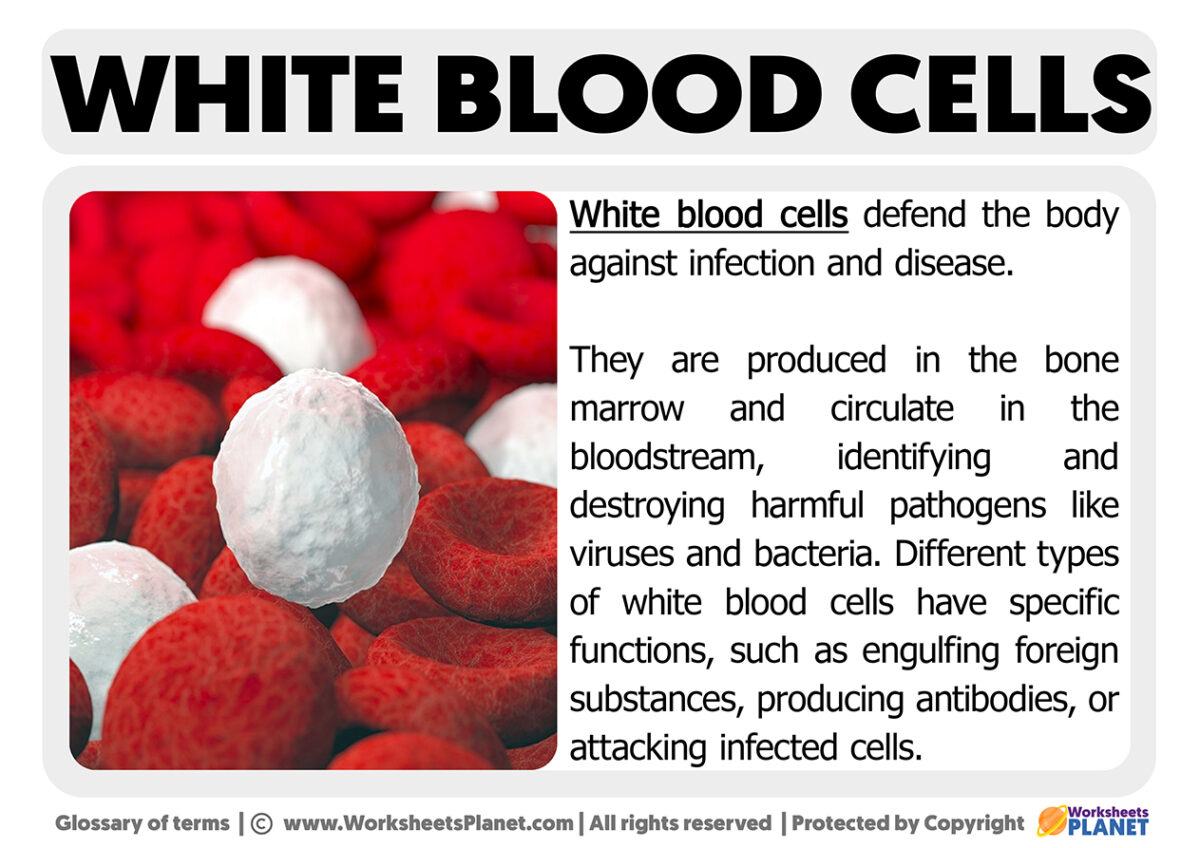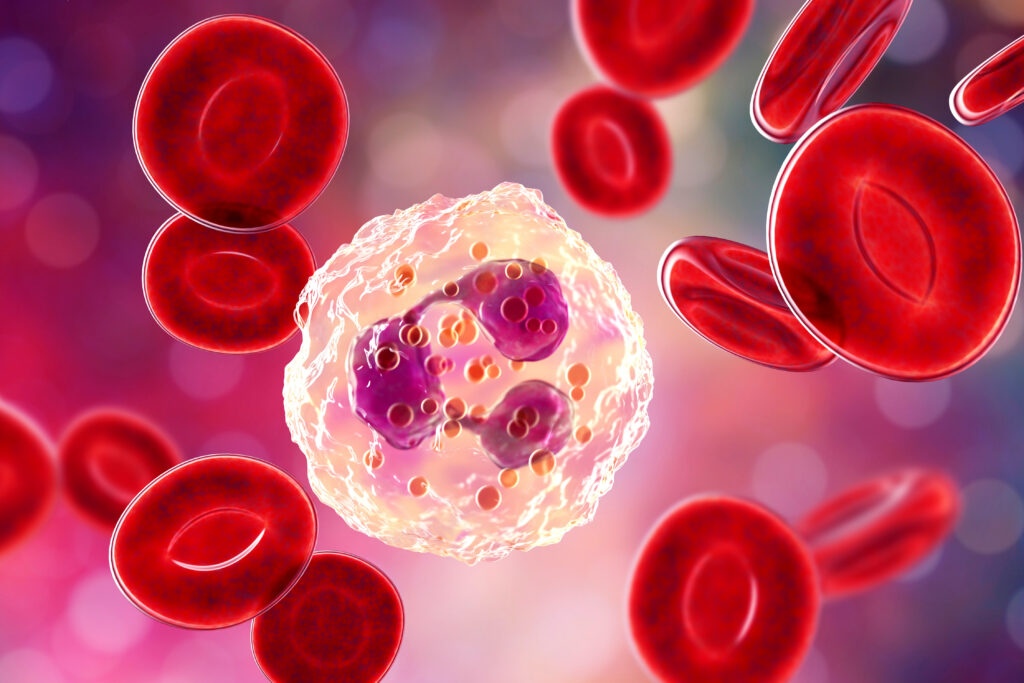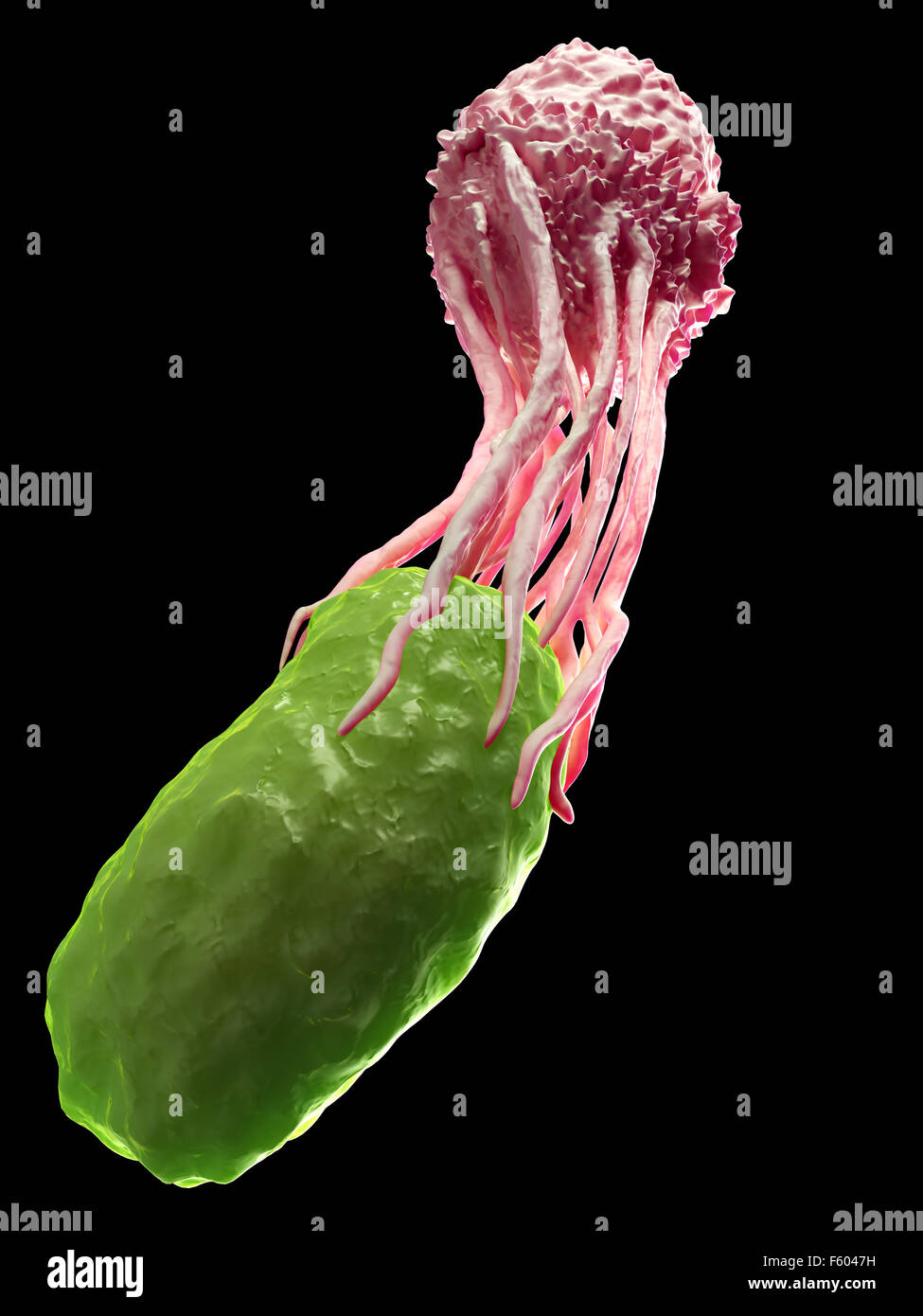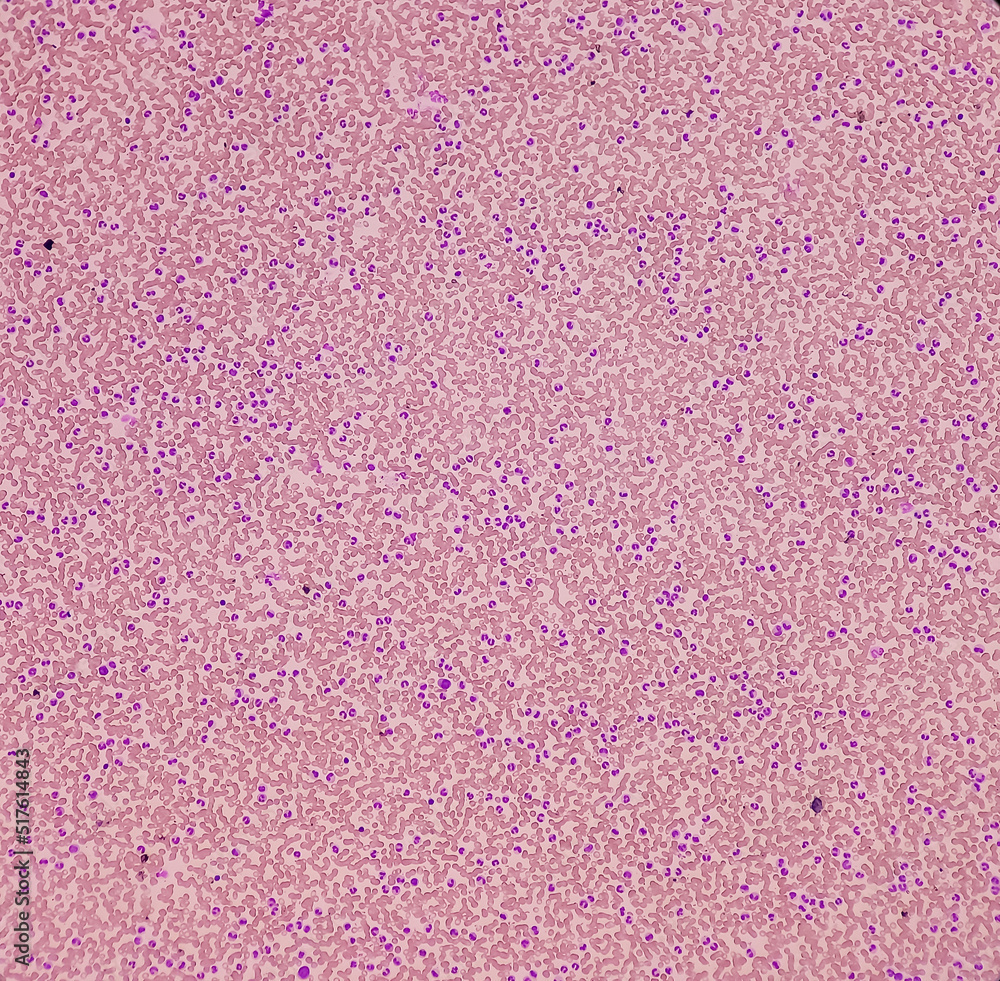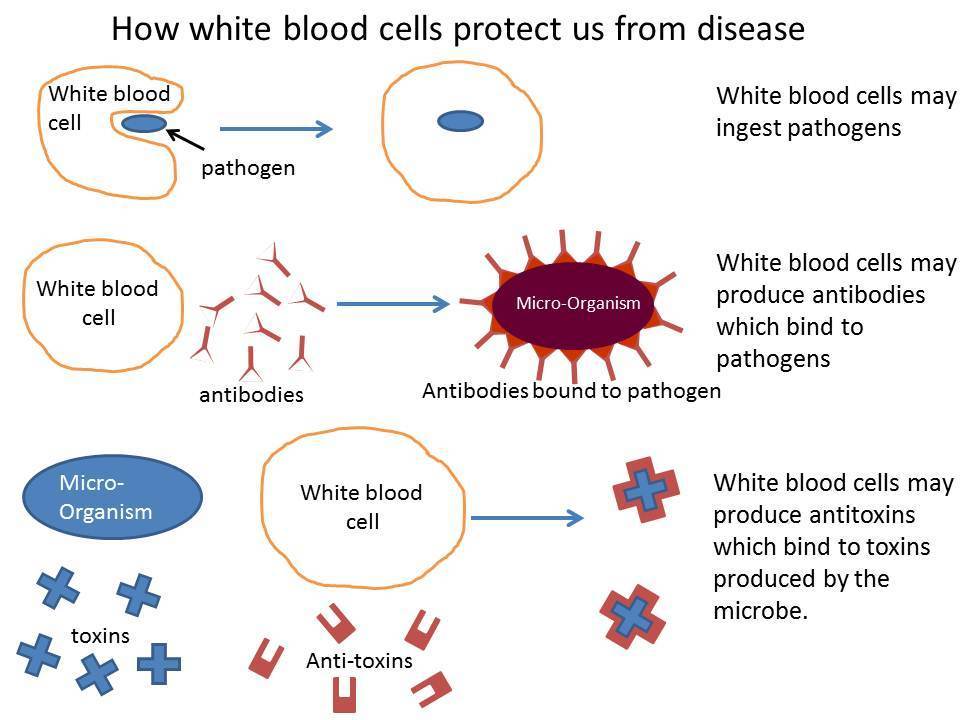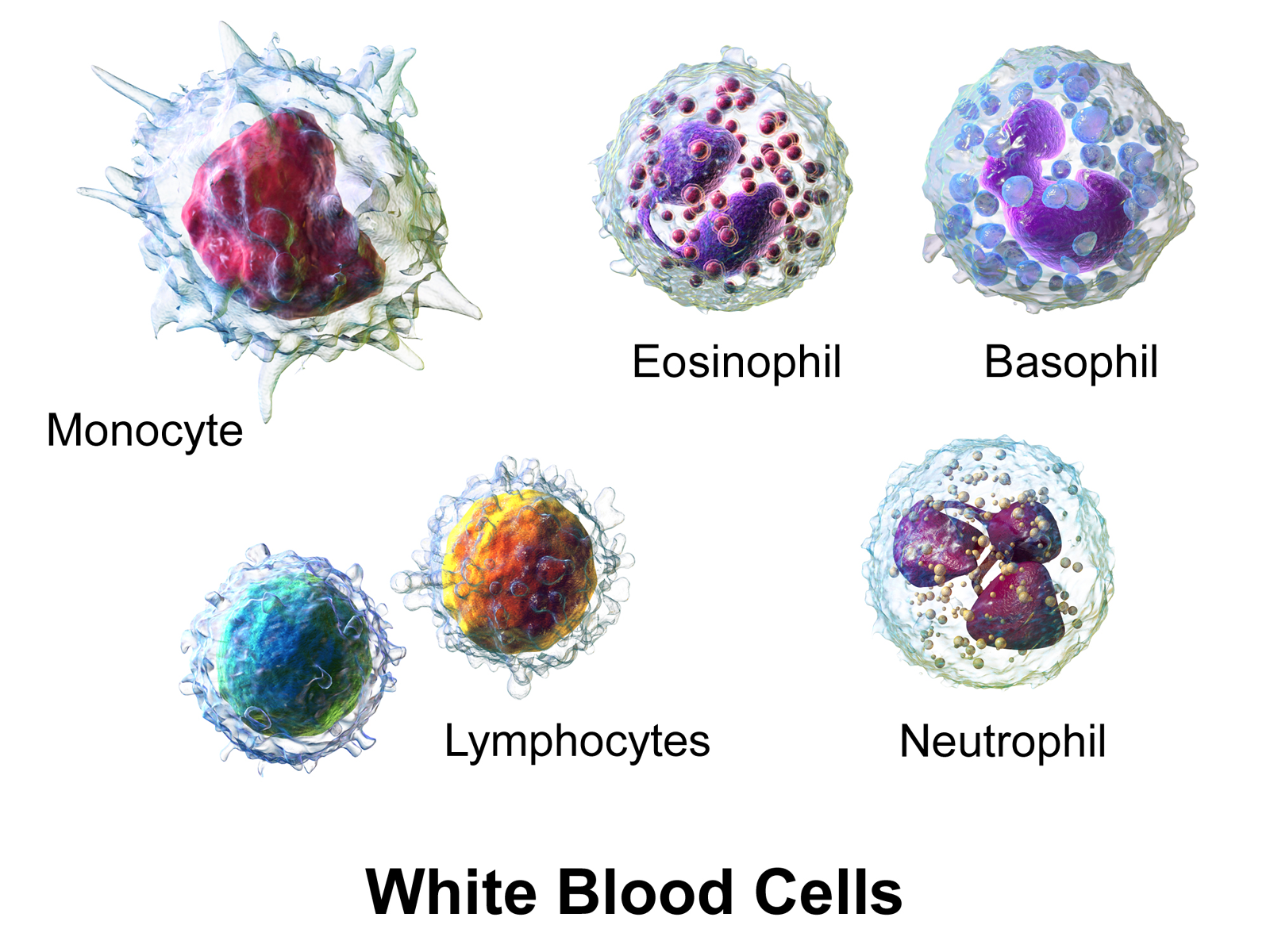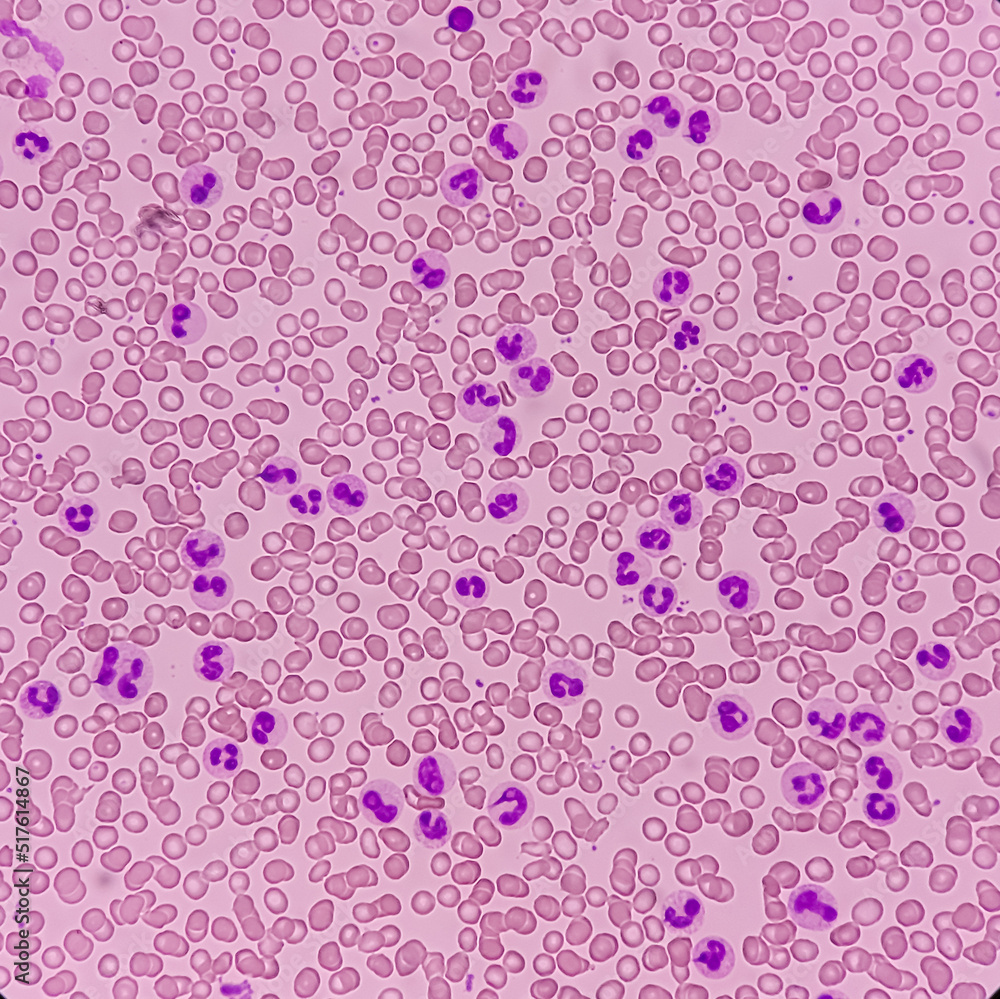Which White Blood Cells Increase Dramatically In Bacterial Infections - These are the most common type of white. White blood cell (wbc) count. Wbc counts decreased to fewer than 3,000/μl in an early phase of bacterial infection, and then increased in. The following conditions can cause white blood cell counts to be high: Which white blood cells increase dramatically in bacterial infections? If an infection develops, white blood cells attack and destroy the bacteria, virus, or other organism causing it. During an infection, your body produces a greater number of white blood cells. Depending on the type of. Which of the following statements best describes a stem cell? Here are the main types of white blood cells and reasons they might increase:
Depending on the type of. White blood cell (wbc) count. Wbc counts decreased to fewer than 3,000/μl in an early phase of bacterial infection, and then increased in. Which white blood cells increase dramatically in bacterial infections? The following conditions can cause white blood cell counts to be high: Here are the main types of white blood cells and reasons they might increase: White blood cells are bigger than red. During an infection, your body produces a greater number of white blood cells. Which of the following statements best describes a stem cell? These are the most common type of white.
If an infection develops, white blood cells attack and destroy the bacteria, virus, or other organism causing it. White blood cells are bigger than red. These are the most common type of white. Depending on the type of. Here are the main types of white blood cells and reasons they might increase: The following conditions can cause white blood cell counts to be high: Which white blood cells increase dramatically in bacterial infections? During an infection, your body produces a greater number of white blood cells. Which of the following statements best describes a stem cell? Wbc counts decreased to fewer than 3,000/μl in an early phase of bacterial infection, and then increased in.
White Blood Cells Function
Wbc counts decreased to fewer than 3,000/μl in an early phase of bacterial infection, and then increased in. Which of the following statements best describes a stem cell? The following conditions can cause white blood cell counts to be high: Here are the main types of white blood cells and reasons they might increase: These are the most common type.
Intestinal influence white blood cell levels in blood
These are the most common type of white. Here are the main types of white blood cells and reasons they might increase: Depending on the type of. White blood cells are bigger than red. White blood cell (wbc) count.
White Blood Cells Killing Bacteria
Which of the following statements best describes a stem cell? These are the most common type of white. Depending on the type of. Which white blood cells increase dramatically in bacterial infections? Here are the main types of white blood cells and reasons they might increase:
Neutrophilic leukocytosis, increase total count of White blood cell and
Which of the following statements best describes a stem cell? White blood cells are bigger than red. The following conditions can cause white blood cell counts to be high: Depending on the type of. During an infection, your body produces a greater number of white blood cells.
Biology Flashcards
Which of the following statements best describes a stem cell? If an infection develops, white blood cells attack and destroy the bacteria, virus, or other organism causing it. Depending on the type of. These are the most common type of white. White blood cell (wbc) count.
7.3 Human Cells and Tissues Human Biology
White blood cell (wbc) count. Which of the following statements best describes a stem cell? If an infection develops, white blood cells attack and destroy the bacteria, virus, or other organism causing it. Here are the main types of white blood cells and reasons they might increase: White blood cells are bigger than red.
Blood and the Lymphatic System ppt download
Depending on the type of. These are the most common type of white. Wbc counts decreased to fewer than 3,000/μl in an early phase of bacterial infection, and then increased in. White blood cells are bigger than red. Which white blood cells increase dramatically in bacterial infections?
Types of White blood cells stock illustration. Illustration of disease
These are the most common type of white. Which white blood cells increase dramatically in bacterial infections? If an infection develops, white blood cells attack and destroy the bacteria, virus, or other organism causing it. Wbc counts decreased to fewer than 3,000/μl in an early phase of bacterial infection, and then increased in. The following conditions can cause white blood.
Lymphatic Immunity
White blood cell (wbc) count. Which of the following statements best describes a stem cell? Which white blood cells increase dramatically in bacterial infections? The following conditions can cause white blood cell counts to be high: During an infection, your body produces a greater number of white blood cells.
Neutrophilic leukocytosis, increase total count of White blood cell and
White blood cell (wbc) count. During an infection, your body produces a greater number of white blood cells. Here are the main types of white blood cells and reasons they might increase: Which of the following statements best describes a stem cell? Wbc counts decreased to fewer than 3,000/μl in an early phase of bacterial infection, and then increased in.
During An Infection, Your Body Produces A Greater Number Of White Blood Cells.
The following conditions can cause white blood cell counts to be high: Depending on the type of. White blood cells are bigger than red. These are the most common type of white.
If An Infection Develops, White Blood Cells Attack And Destroy The Bacteria, Virus, Or Other Organism Causing It.
Which of the following statements best describes a stem cell? Which white blood cells increase dramatically in bacterial infections? Here are the main types of white blood cells and reasons they might increase: Wbc counts decreased to fewer than 3,000/μl in an early phase of bacterial infection, and then increased in.
